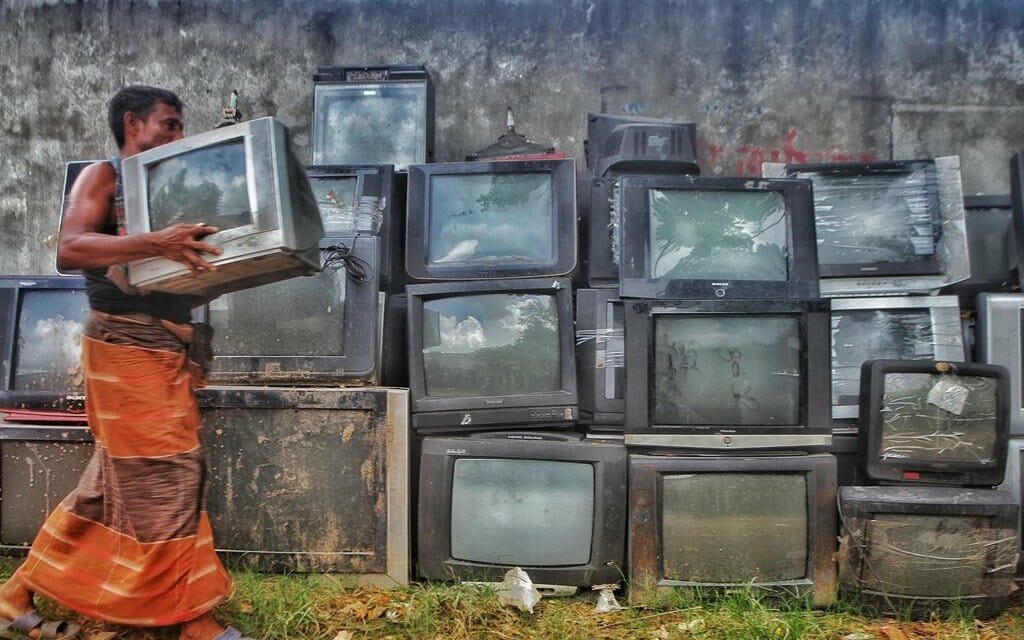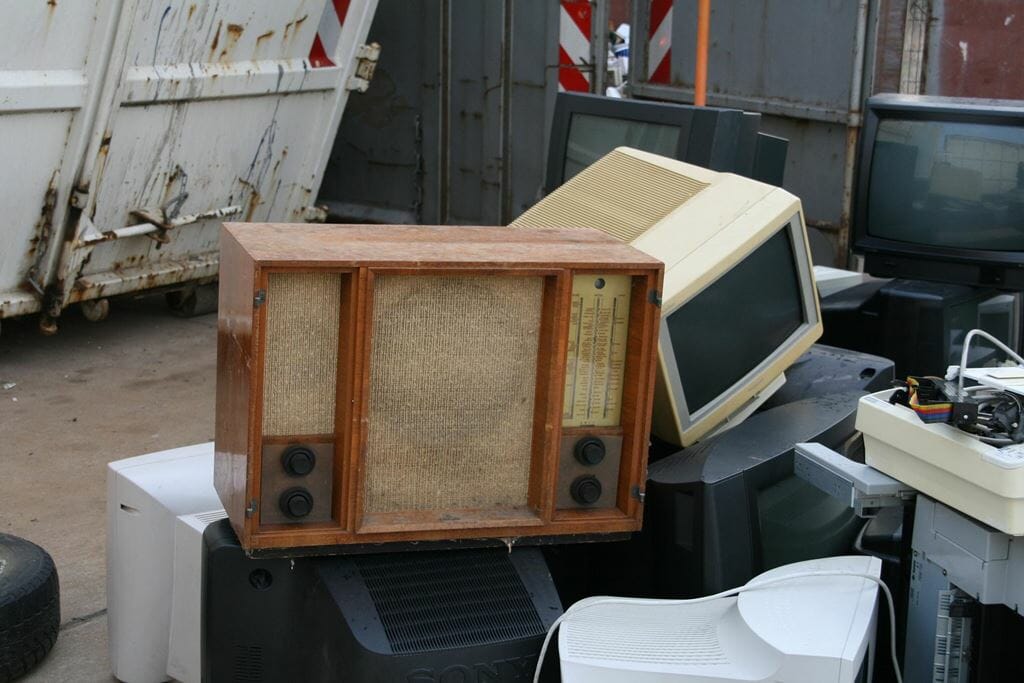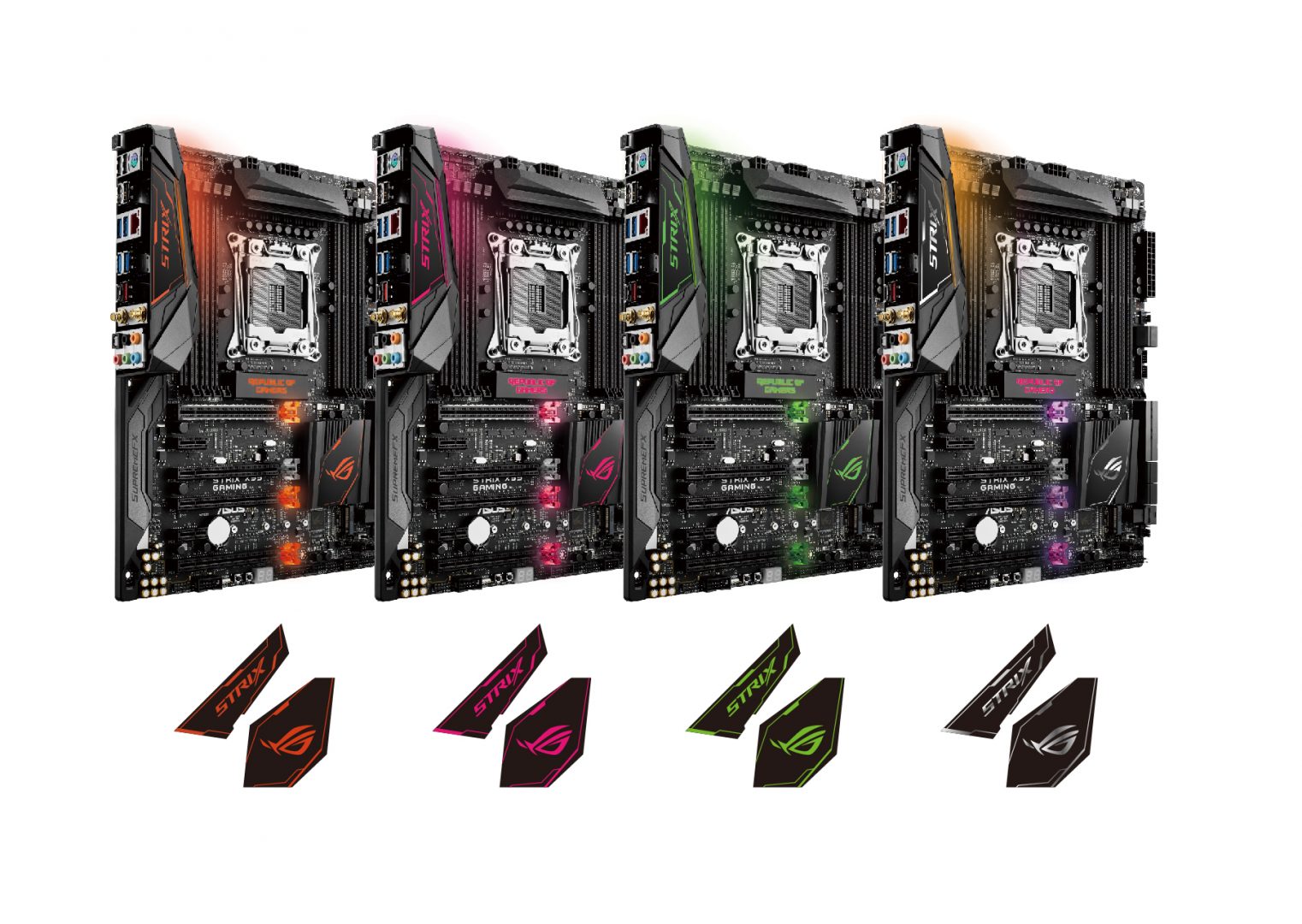
6 Things You Need To Know About E-Waste Recycling

E-waste recycling is a process that is becoming more and more important as our world becomes increasingly digitized. Many people are unaware of the dangers of e-waste, and what needs to be done to recycle it properly. In this article, you’ll read about six things you need to know about e-waste recycling!
It Can Save Energy
One huge benefit of doing your part when it comes to e-waste is that you’ll be saving energy. That’s why experts emphasize the importance of knowing how to correctly e-cycle as it helps the world in more ways than one. It conserves energy and in turn, helps the environment.
The process of e-cycling starts with the collection of devices which are then transported to a certified recycling facility. There, the e-waste is dismantled and processed in order to extract valuable materials that can be used to create new products. The entire process uses significantly less energy than if these same materials were mined from scratch.
So not only does e-waste recycling help reduce pollution and conserve resources, but it also requires far less energy to recycle old electronics than it does to create new ones from scratch. So next time you’re tempted to just throw out that old laptop, remember that recycling it could save quite a bit of energy!
E-waste Is Toxic
This kind of waste is actually pretty dangerous. Most electronic goods are made with all sorts of toxic materials, like lead, mercury, and cadmium. And when you throw them away in the trash, those toxins can end up in the ground and in our water supply. That’s why it’s so important to recycle e-waste properly.
This can cause health issues like neurological problems and cancer. So it’s not just the environment that e-waste affects, but our own health too. The good news is that there are ways to recycle e-waste safely so that it doesn’t end up in a landfill (or in our water supply).
However, by recycling electronic waste, you can avoid all of these harmful effects. Plus, e-waste recycling helps to conserve natural resources and reduces greenhouse gas emissions.
E-cycling Can Create Jobs
If this process becomes a worldwide thing, it can create a lot of new jobs for people. These are the following:
- People to manage the e-waste
- People to process and recycle the e-waste
- Salespeople sell the recycled materials
- Researchers to develop new ways to recycle
- Educators to teach people about e-waste recycling
- Lobbyists to promote e-waste recycling
Creating green coalitions can help with the world’s pollution problem, and also create new jobs for people who are struggling to find work.
All of these new jobs can help reduce unemployment rates and help boost economies. Not only does e-cycling create new jobs, but it also helps with environmentalism and conserving resources.
Reducing Raw Material Waste
This process also helps to conserve resources and energy, which reduces the overall carbon footprint of e-waste recycling. In addition, reducing raw material waste can also save money for companies that recycle on a regular basis.
E-waste recycling helps to close the loop on electronic device production by reducing the need for new raw materials. This is important because it takes a lot of energy and resources to mine and process these materials into usable parts. Not to mention, it creates harmful pollution and can damage local ecosystems.
When you recycle your old electronics, you are directly reducing the demand for new raw materials. As a result, there is less mining and processing required, which conserves resources and energy while reducing pollution and negative environmental impacts.
Where Are Electronics Recycled?
This process takes place at a certified e-waste recycling facility because of the many dangers associated with handling e-waste. At these facilities, workers are trained to safely handle and recycle electronic waste.
For example, certified e-waste recycling facilities have the necessary equipment to safely recycle cathode ray tubes (CRTs). CRTs contain leaded glass, which can be very harmful if not handled properly.
At certified e-waste recycling facilities, workers disassemble CRTs and remove the leaded glass from the screen. The leaded glass is then recycled into new CRTs or other products.
You Can Make Money From It
If you’re motivated, you can actually make a lot of money from your scrap electronics. Collecting and recycling e-waste can be a lucrative business venture, and it’s also a great way to help the environment.
Of course, making money from e-waste recycling is not going to be easy. It takes hard work, dedication, and a bit of know-how. But if you’re up for the challenge, it can be a very rewarding experience both financially and personally.
E-waste is a huge problem on the planet and won’t be slowing down as science is developing. However, recycling can save a lot of energy and rid you of the toxins that they contain. Recycling creates new jobs and reduces the waste of raw materials. It takes place in specialized facilities that know exactly what needs to be done and you can make lots of money selling your scrap electronics to them!



























